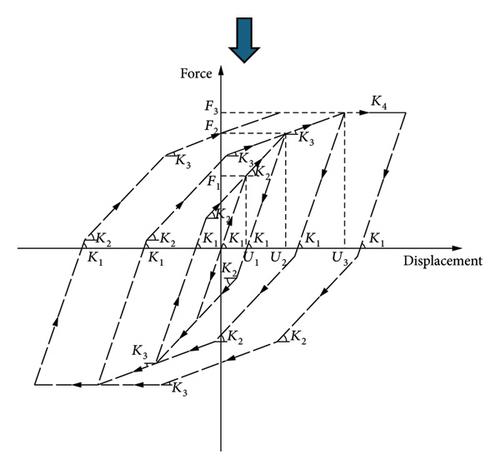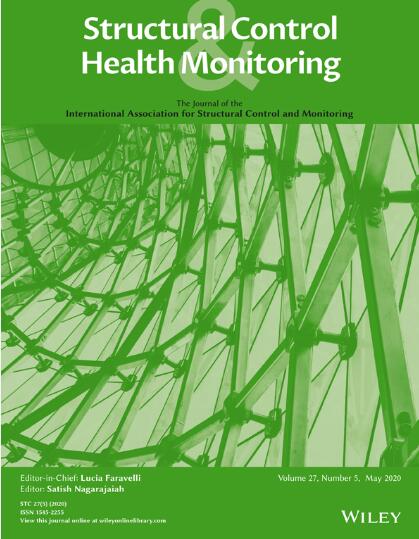Genetic Algorithm-Based Optimization of Graded-Yield Damper Systems: Mechanical Parameter Design and Energy Dissipation Performance Analysis
Abstract
This study proposes a novel mechanical parameter design methodology for graded-yield dampers based on an enhanced genetic algorithm framework, accompanied by comprehensive design procedures and algorithmic flow diagrams. The proposed approach employs genetic algorithm optimization to determine optimal yield displacement and yield bearing capacity parameters for single yield-point metallic dampers under three seismic intensity levels (small, moderate and large earthquakes). These optimized parameters are subsequently utilized to construct quadrilinear skeleton curves for three-stage graded-yield dampers. Distinct hysteretic models are developed according to the energy dissipation characteristics of two damper configurations: non-gap annular-type and reserved-gap-type graded-yield dampers. A comparative analysis of vibration control performance reveals that both damper configurations demonstrate significant energy dissipation capabilities. The reserved-gap configuration exhibits superior energy dissipation efficiency compared to its non-gap counterpart. Gap-type dampers achieve better interstory drift control across all seismic intensities, particular in frequent earthquakes. Acceleration response mitigation shows marked improvement in both graded-yield systems. These findings provide critical theoretical insights for application and research of different types of graded-yield dampers.


 求助内容:
求助内容: 应助结果提醒方式:
应助结果提醒方式:


